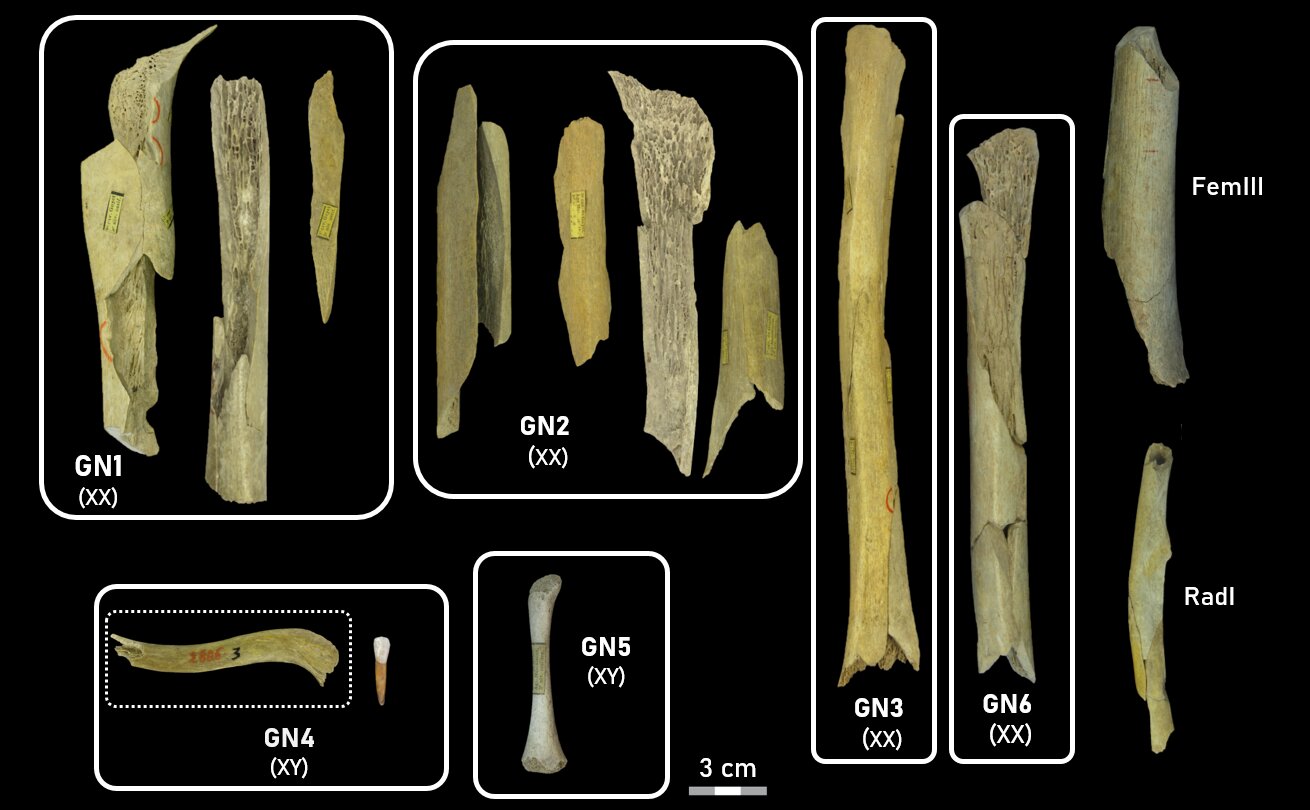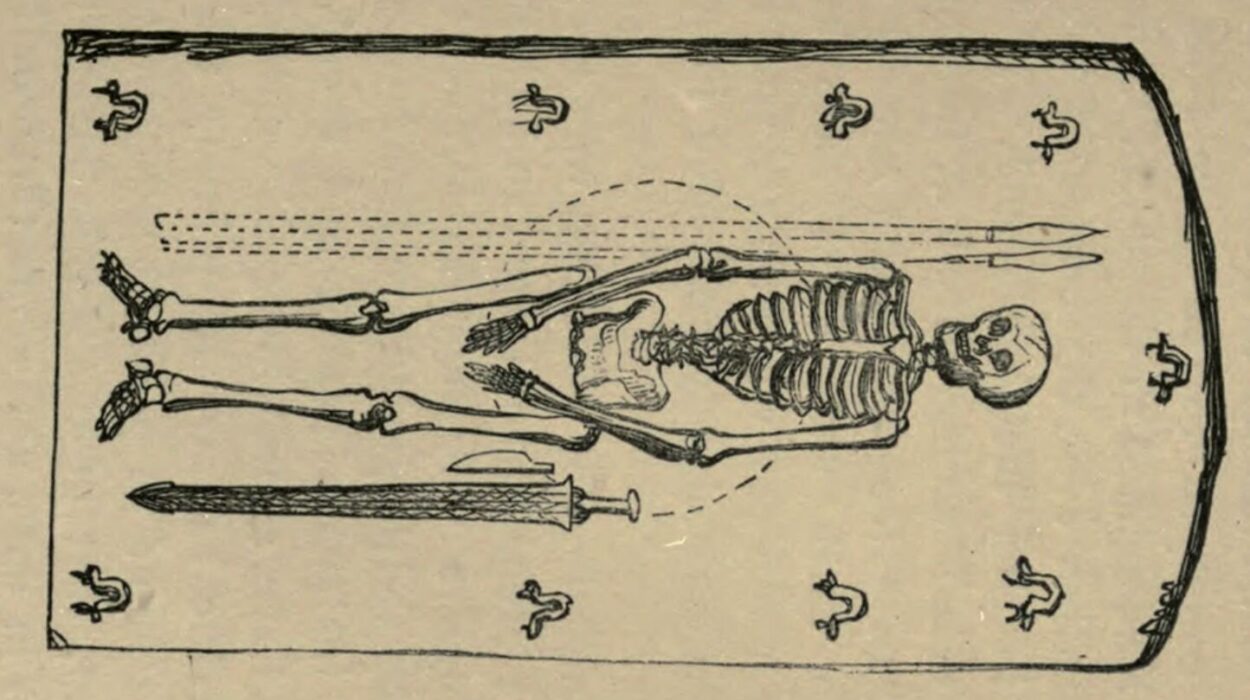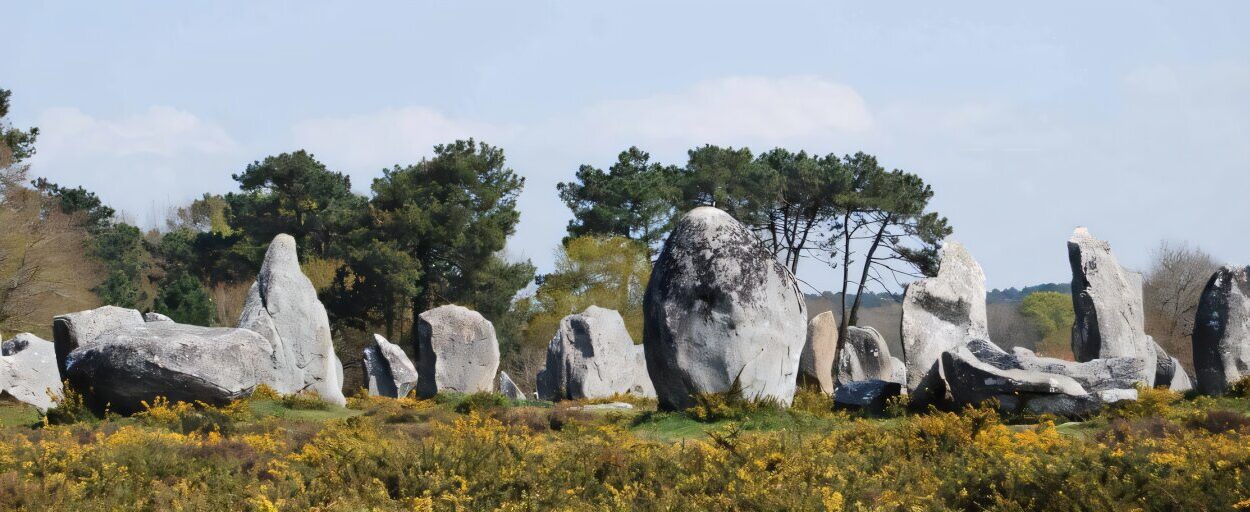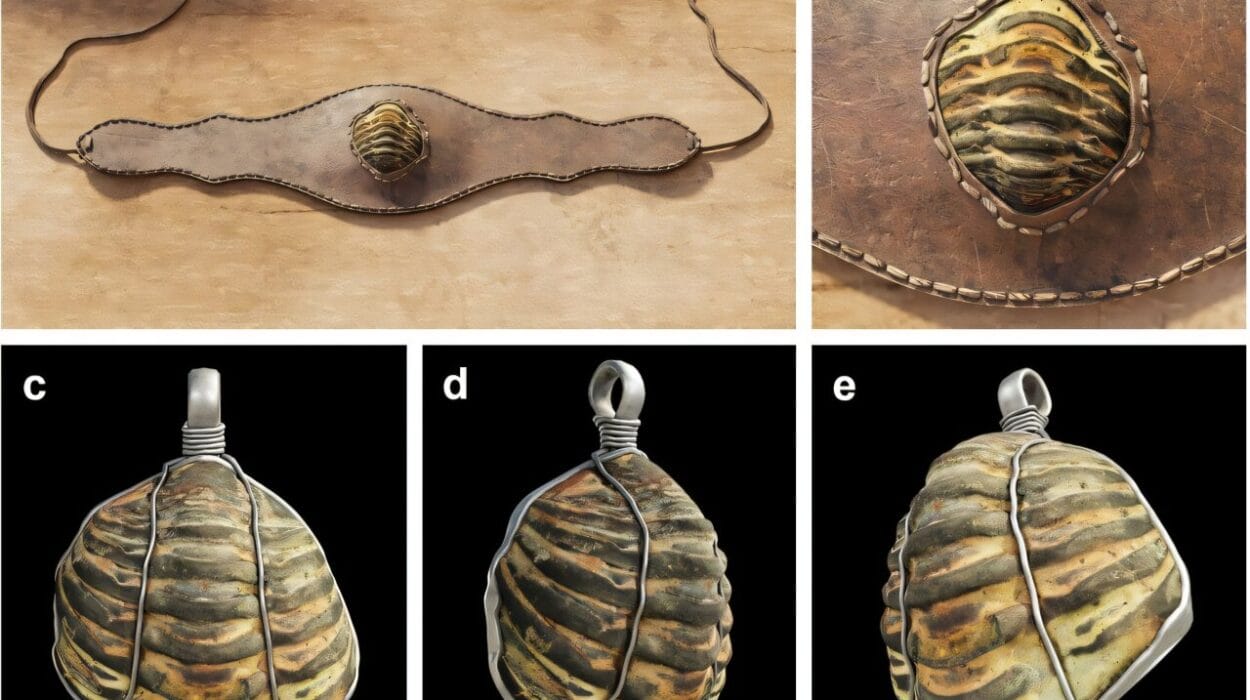It was a discovery that both stunned and fascinated the scientific community. Deep inside the Troisième caverne of Goyet, nestled in the Belgian countryside, a team of researchers uncovered something that would send shockwaves through our understanding of Neanderthal life. Hidden among the bones of animals that had been butchered and consumed long ago, they found the remains of Neanderthal humans—victims of an unsettling and unusual behavior: selective cannibalism.
The bones, which had been scattered for tens of thousands of years, revealed something unexpected. These were not just any bones, but the remains of specific individuals—female adults and children. The researchers found evidence that these Neanderthals were not part of the local Goyet group. In fact, they had likely come from outside the area. And, perhaps most shockingly, the evidence suggested that these outsiders were consumed not as part of a ritual, but rather as a source of food.
This was no ancient form of respect or ceremonial practice. These Neanderthals, it seemed, were hunted, butchered, and eaten. And unlike other forms of cannibalism seen in human history, there was something notably targeted about it. Only certain members of the group—adults and children—were selected. And they weren’t even from the local community.
The Story Unfolds Through Bone and Blood
The groundbreaking research was the result of over a decade of careful and meticulous work. An international team, including experts from the CNRS, l’Université de Bordeaux, and l’Université d’Aix-Marseille, spent years revisiting the Goyet collection. With new methods at their disposal, the scientists conducted DNA analysis, radiocarbon dating, and isotopic measurements to piece together the story that the bones had been waiting to tell.
Using these sophisticated techniques, they were able to determine the geographic origin of the individuals whose remains were found in the cave. What they discovered was remarkable: these were not local Neanderthals. The victims came from distant regions, which suggested that they had been brought to the site—likely to be consumed. This wasn’t an accidental or random event; this was selective cannibalism.
By reconstructing the physical appearance of these individuals through virtual models of their fragmentary bones, the team also managed to gain a better understanding of who these people were. The evidence pointed to a disturbing pattern. The bones were primarily those of women and children, a targeted selection that hinted at a deeper, more strategic purpose.
A Terrible Tale of Territorial Tensions
As the researchers analyzed the remains further, they realized they had uncovered more than just a gruesome dietary practice. The findings also painted a vivid picture of the political and social tensions between Neanderthal groups during the late Middle Paleolithic period, a time marked by cultural diversity and territorial competition.
The evidence seemed to suggest that these cannibalistic acts were not random acts of desperation, but rather the result of a fierce competition for resources between different Neanderthal groups. With the emergence of Homo sapiens in nearby areas, it’s possible that these Neanderthals were caught in the midst of an increasingly volatile situation. Territorial boundaries may have been shifting, and contact between groups may have led to violent outcomes. In this context, consuming outsiders could have been a way to assert dominance or, perhaps, a method of survival in a world increasingly fraught with conflict.
This theory is not entirely new to anthropologists. In fact, the idea that cannibalism could be connected to territorial or social competition is something that has been suggested before, but the evidence from Goyet adds a compelling new layer to that conversation. The analysis of these bones offers a glimpse into a world where survival was not just about hunting animals for food, but also about navigating complex social dynamics and, in some cases, engaging in violent acts against outsiders.
What This Discovery Means for Our Understanding of Neanderthals
The study of Neanderthals has long been shrouded in mystery. For many years, they were viewed as primitive, brutish creatures with little in common with us. But as research has progressed, we’ve come to understand that Neanderthals were more complex and sophisticated than we once thought. They made tools, cared for the sick, and likely had some form of social organization. They were capable of symbolic thought, and there’s even evidence suggesting they may have buried their dead in ritualistic ceremonies.
However, this new discovery adds yet another layer to that complexity. Far from being just mindless hunters, Neanderthals were engaged in deeply strategic and sometimes brutal behaviors. The targeted cannibalism uncovered at Goyet challenges our understanding of their social structures and their capacity for violence. It seems that they were capable of not just survival in the harsh conditions of the Paleolithic, but also of acts that we might associate with warfare and territorial dominance.
This discovery also pushes us to reconsider the role of Homo sapiens in Neanderthal extinction. Was it the arrival of our species that triggered a wave of competition and violence? Or were Neanderthal groups already engaged in conflict long before the first Homo sapiens ever stepped onto the scene? While we may never know the full extent of the answer, this new research provides a valuable piece of the puzzle.
Why This Matters: A Window into Our Past
The implications of this research reach far beyond the confines of a single cave in Belgium. It forces us to confront questions about the nature of survival, violence, and social behavior. It suggests that Neanderthals were not simply the victims of the more advanced Homo sapiens, but complex creatures engaged in their own struggles for survival, dominance, and territorial control.
The discovery also challenges our perceptions of cannibalism, which is often seen as an act driven by desperation or ritual. This new evidence paints a picture of cannibalism as a strategic decision, one that was deeply connected to social dynamics, power struggles, and survival in a world of rapidly changing environmental and social conditions.
For anthropologists and historians, this study is a revelation—a window into the lives of our ancient ancestors that offers new insights into the complexities of their world. It reminds us that the story of humanity is not just one of progress and evolution, but also one of survival in a brutal, competitive, and often violent world.
As we continue to uncover the mysteries of our distant past, this research helps to paint a more nuanced picture of the Neanderthals. Far from being the simple, primitive creatures once imagined, they were part of a sophisticated and turbulent world—one that, in many ways, mirrors the complexities of the world we live in today.
More information: Quentin Cosnefroy et al, Highly selective cannibalism in the Late Pleistocene of Northern Europe reveals Neandertals were targeted prey, Scientific Reports (2025). DOI: 10.1038/s41598-025-24460-3






